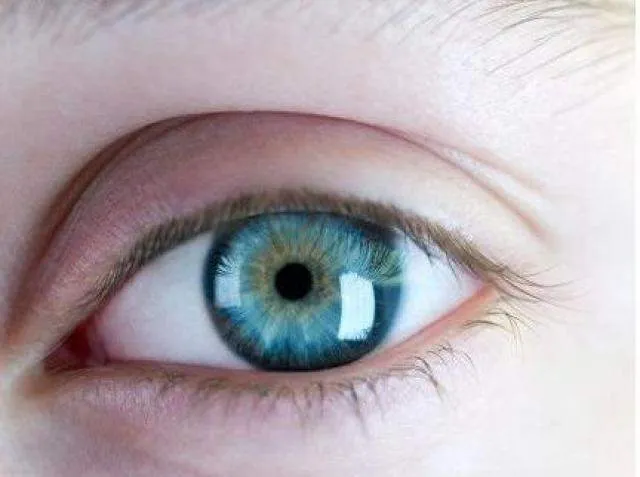A team of researchers from John Hopkins University and the University of Maryland, both in the United States, have conducted a study with human cells grown in the laboratory in which they have discovered that blocking two growth proteins of blood vessels could offer aNew way to treat and prevent a blinding ocular disease caused by diabetes.
The condition, known as diabetic retinopathy, is the most common cause of vision loss in adults of working age in the United States.This occurs when normal blood vessels in the eye are replaced over time with abnormal and fragile blood vessels that let fluid escape or bleed in the eye, damaging the light sensitive retina and causing blindness.Between 40 and 45 percent of Americans with diabetes suffer from diabetic retinopathy, according to the National Eye Institute.
The laser sealing of the blood vessels of the eye can save the central vision, but often sacrifices the peripheral and nocturnal vision, says the assistant professor of ophthalmology at the School of Medicine of the Johns Hopkins Akrit Sodhi University, one of the authors ofThis study, whose details are relieved in an article published Monday in "Proceedings of the National Academy of Sciences."
In search of a drug
Several recently developed drugs –bevacizumab, Ranibizumab and Aphliberpt - can help treat these blood vessels by blocking Vegf's action, the so -called growth factor released as part of a signal chain in response to low oxygen levels, which whichOften stimulates the growth of new abnormal blood vessels.But studies have shown that, although these drugs slow down the progression of proliferative diabetic retinopathy, they do not prevent it.
Postdoctoral researcher Savalan Babapoor-Farrokhran, and Kathleen Jee, a medical school student, who will begin his ophthalmology residence in the "Wilmer Eye Institute" by Johns Hopkins next year, analyzed vegf levels in liquid samples of the liquidEye taken from healthy people, individuals with diabetes who did not suffer from diabetic retinopathy and patients with diabetic retinopathy of diverse gravity.
Although VEGF levels tended to be greater in those with proliferative diabetic retinopathy, some had less vegf than in healthy participants.But even the fluid with low vegf level of patients with proliferative diabetic retinopathy stimulated the growth of blood vessels in laboratory cultivated cells."The results suggest that although Vefg clearly plays an important role in the growth of blood vessels, it is not the only factor," adds Sodhi.
A series of experiments in human cells and laboratory mice revealed a second culprit, a protein called angiopoietin 4. When the researchers blocked the action of vegf and angiopoietin-4 in the liquid of the eyes of people with proliferative diabetic retinopathy, they reduced significantlyThe growth of blood vessels in laboratory cultivated cells.
If you can find a medication that safely blocks the action of the second protein in the eyes of the patients, it can be combined with anti-VEGF drugs to prevent many cases of proliferative diabetic retinopathy, Sodhi suggests.The team is now investigating whether angiopoietin- 4 could also play a role in other eye diseases, such as macular degeneration, which destroys the central part of the retina.
Source: ABC.es


